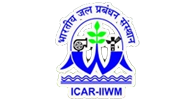Jaimani Behera had always worked the land, but never owned it. At forty, the mother of two from Begunia village, Jashipur block, deep in Odisha’s Mayurbhanj district, had spent years under the sun, earning a meagre wage as a farm labourer. Land was a man’s dominion, and water—its lifeblood—was rarely in her hands to control.
But in a village where generations of women had walked miles to fetch water, Behera’s hands are no longer tied to the past. Today, she presides over seven acres of farmland, producing vegetables, rice, and mushrooms. She manages a solar-powered cold storage unit, a bio-floc fish farm, and a vermicompost operation. Her nursery has grown into a full-fledged agribusiness, earning her an annual income of ₹14 lakh (USD 16,000+). And unlike the many women before her whose work fed families but rarely filled their own pockets, Behera controls the earnings herself.
Her transformation was not accidental. It was the result of a government-led initiative—the Odisha Integrated Irrigation Project for Climate Resilient Agriculture (OIIPCRA), UNDP and the relentless efforts of various grassroots organizations. Behera was provided with high-yield vegetable and paddy seeds, infrastructure for water-efficient farming, and financial subsidies that allowed her to cultivate the land on her terms. And for the first time in her life, water—the very resource she had carried on her head in clay/brass pots since childhood—was now working for her.
Across Odisha, women like Behera are breaking free from an age-old paradox: they have always been the custodians of water but have rarely had a say in how it is managed. That, however, is beginning to change.
Women of the Water: How Odisha’s women are reclaiming what’s truly theirs
By Anu Garg, Development Commissioner cum Additional Secretary, Water Resources Department, Government of Odisha, and Abha Mishra, UNDP
March 22, 2025
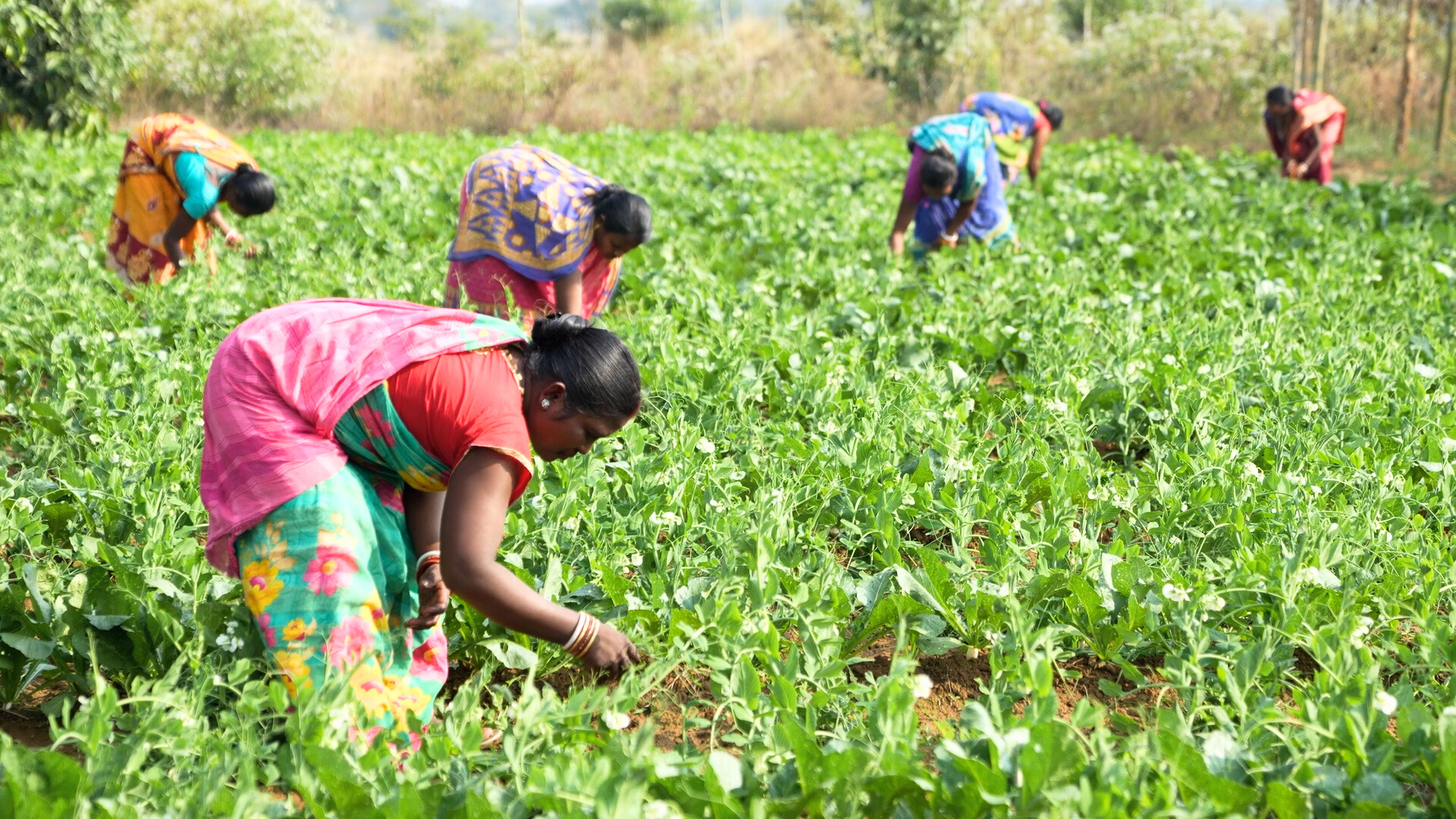
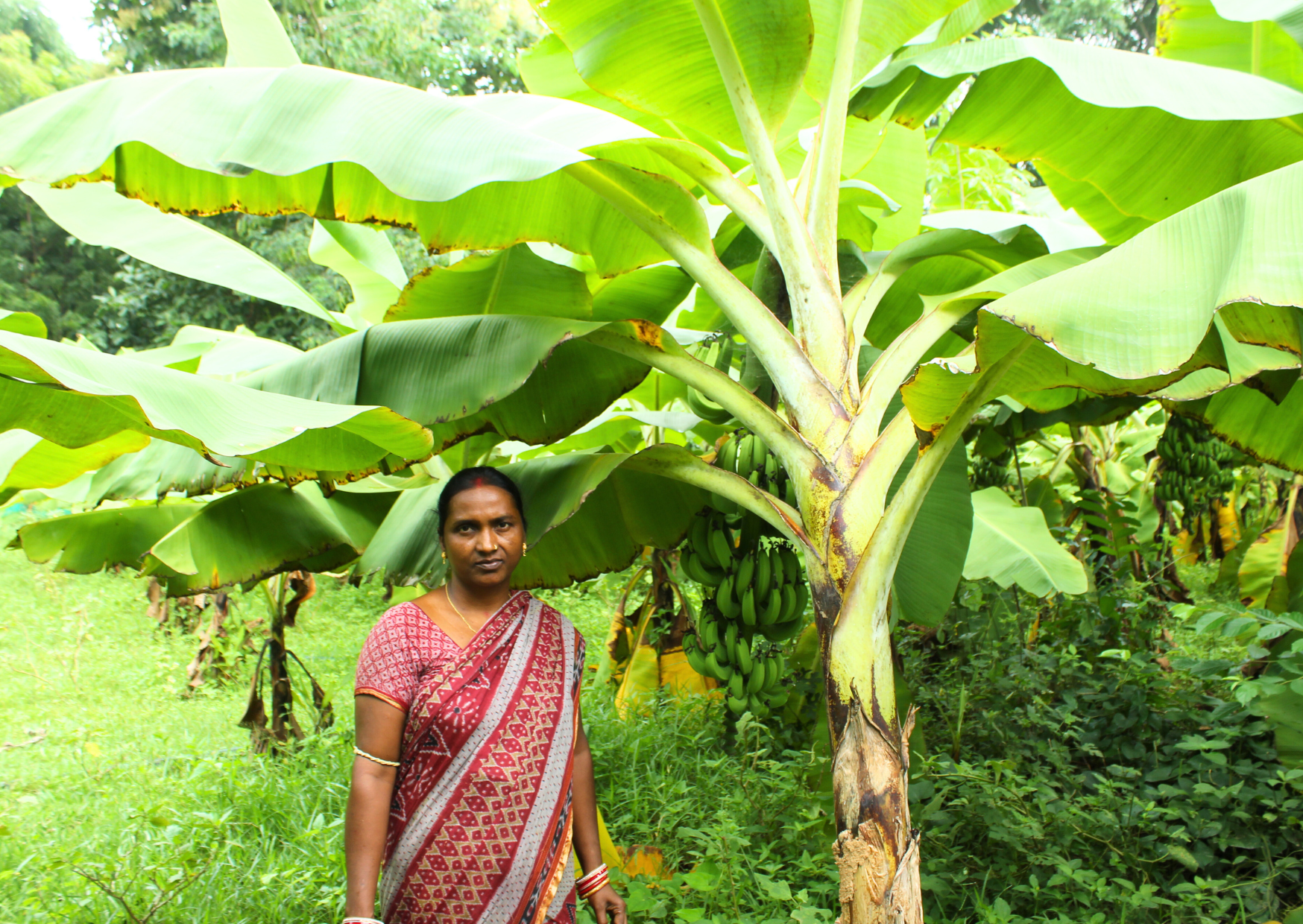
Jaimani Behera, Begunia village, Odisha, once a farm laborer, has overcome the odds and now owns seven acres of farmland, growing vegetables, rice, and mushrooms, while managing a solar-powered cold storage unit, fish farm, and vermicompost operation.
A Crisis, A Calling
India holds 17 percent of the world’s population but only four percent of its freshwater. The math has never worked in its favour, and as climate change intensifies, neither does reality. Nearly 600 million Indians face water shortages due to a number of vulnerabilities. The land cracks, crops wither, and the responsibility of fetching water—of making do with less—falls, almost unfailingly, to women.
In Odisha’s tribal belts, this daily struggle is visible in the silhouette of a woman walking a rugged forest path, balancing a clay/brass pot of water on her head. For miles, she walks. Her daughters follow. In 76 percent of Indian households, the burden of water collection falls squarely on women’s shoulders. The hours spent fetching water are hours lost—lost from education, from income-generating work, from rest.
Yet, in an irony, when land value rises—when irrigation systems are introduced and productivity flourishes—men, not women, reap the benefits. Even in agriculture, where nearly 50 percent of the workforce is female, women are often considered "helpers." Land deeds do not bear their names. Irrigation programmes are designed without them in mind. Their labour, critical and unrelenting, is seldom recognized as a force that moves the economy.
But across Odisha, from the forests of Mayurbhanj to the fields of Ganjam, women are forcing a reckoning. They are not just carrying water anymore—they are controlling it. Supporting and encouraging them is the Government of Odisha with OIIPCRA – envisaged to build capacities of rural women, integrating them into water governance and equipping them with tools and technologies to drive water resource management and sustainable agriculture.
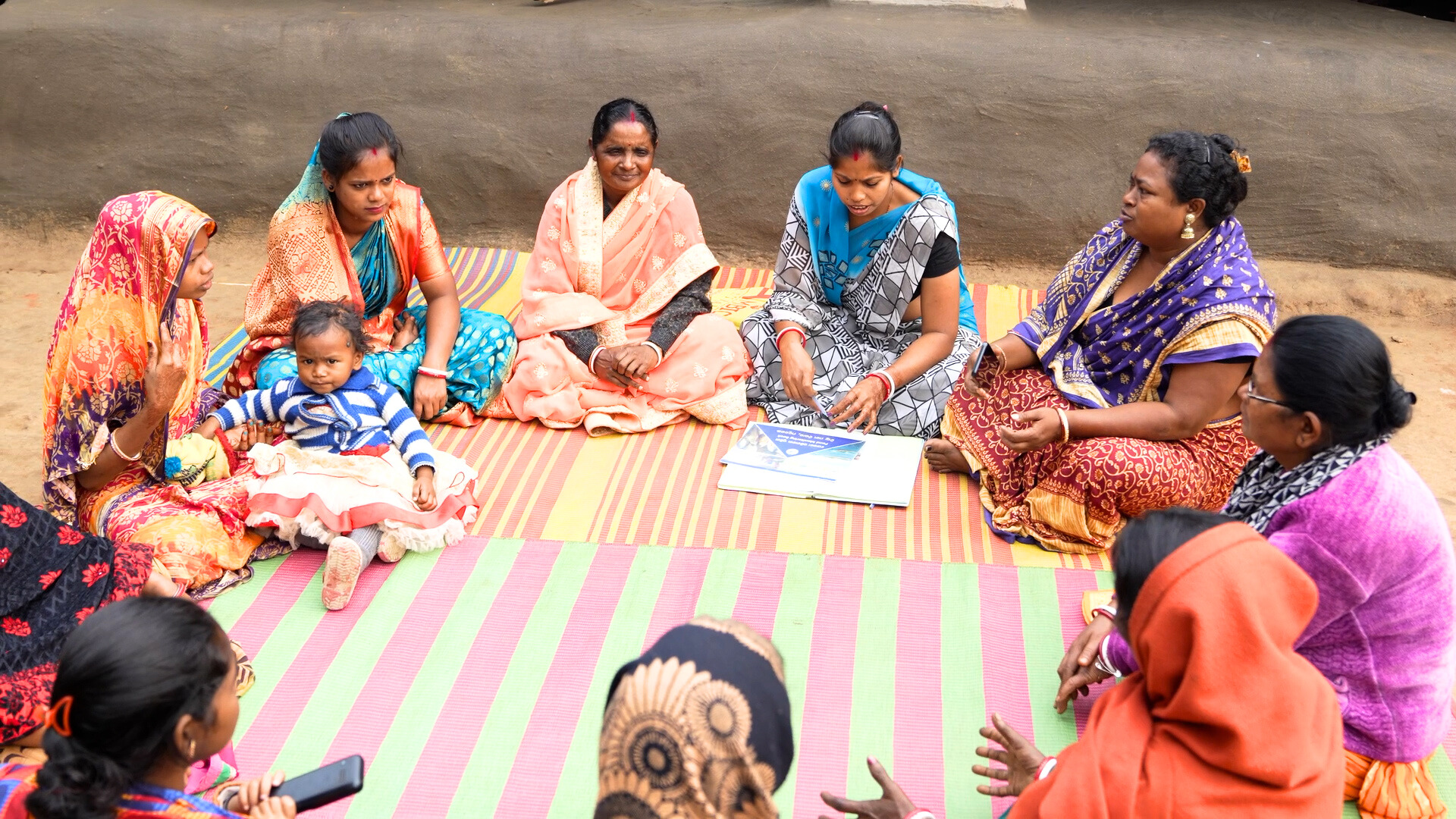
The Kapileswar Self-Help Group, Mahulapalli village, Odisha, has transformed from unpaid laborers to empowered entrepreneurs by leveraging OIIPCRA subsidies and technical training to revolutionize fish farming.
Women Who Own the Water
Domi Nahak was sixty-five when she became a landowner for the first time.
For most of her life, she had been a daily wage labourer in Bhikaripali village, Chhatrapur, Ganjam district, scraping by on uncertain earnings. Then, in a moment of political will, the newly elected sarpanch allocated her 0.7 acres of tail end, fallow land. At first, the land was dry, unyielding. Then came a solar-powered borewell—installed with the support of OIIPCRA. Training sessions followed. High-yield seeds were provided. And suddenly, Nahak’s barren plot was green with brinjal, chili, and pumpkin earning around INR 40,000 ($500) annually.
With water, everything changed. The steady supply meant she could farm year-round. Her income rose, but more importantly, she gained financial independence—a freedom previously unimaginable.
Such stories are no longer outliers. Odisha’s government has made concerted efforts to place women at the heart of water governance. The Siba Sakti Pani Panchayat, a once male-dominated irrigation collective in Kalahandi, now includes 40 women members—nearly 40 percent of its total. Where once men decided how water was distributed, women now sit at the table, debating how to allocate it fairly. Their participation has reshaped policies, ensuring that water is no longer just a resource for farming—it is a tool for empowerment.
The state is also digitizing water governance through the Odisha Water ERP to track real-time data, ensuring transparency and accountability through various modules like eCAD (Pani Panchayat) that supports real-time monitoring of over 36,000 Pani Panchayats. For women, who have historically been excluded from decision-making processes, digital tools like these are levelling the playing field.
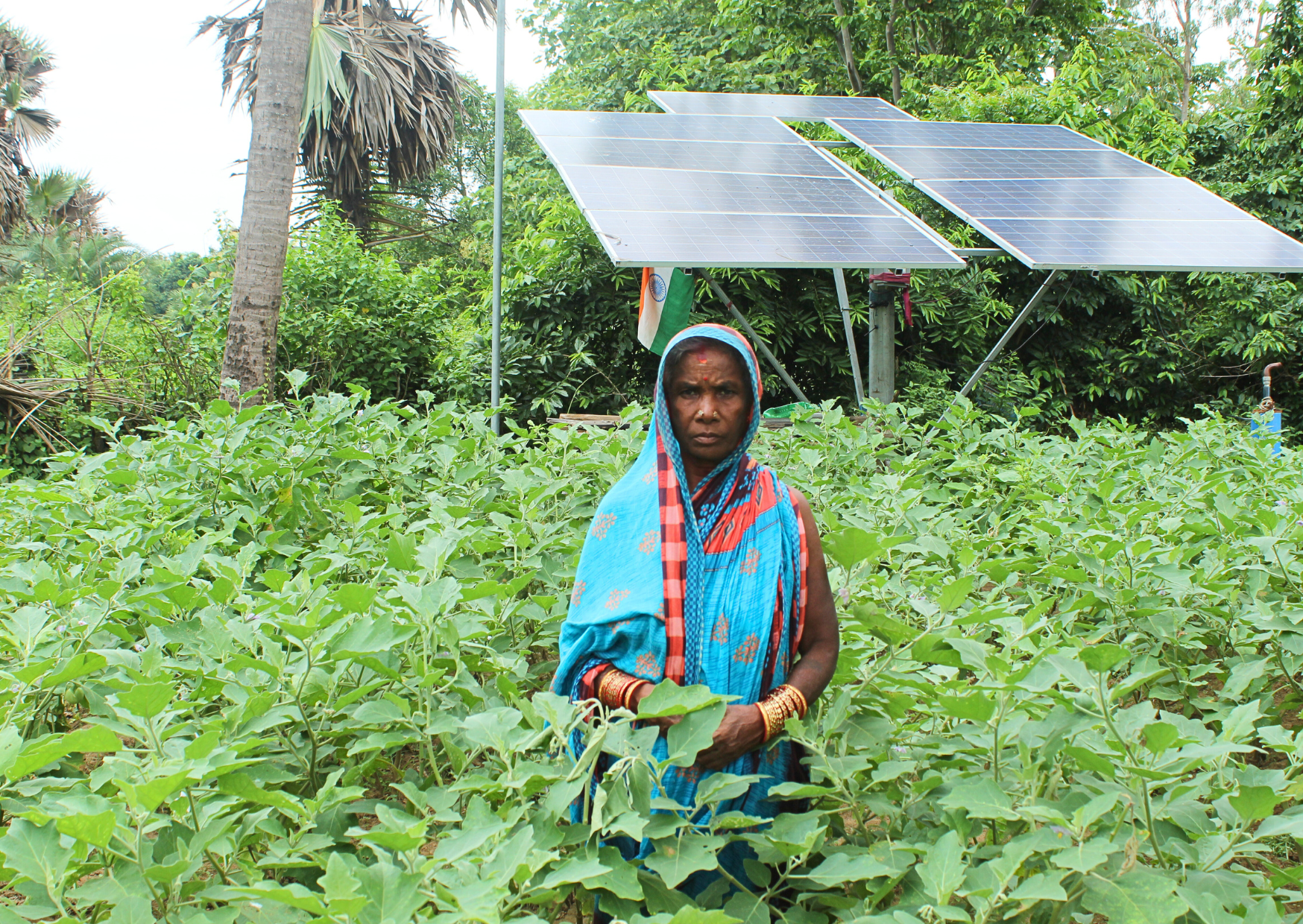
Domi Nahak, once a daily wage laborer, became a landowner at sixty-five, transforming her barren plot into a thriving farm with the help of solar-powered irrigation and OIIPCRA support, gaining financial independence.
The Future of Water Belongs to Women
Beyond governance, women are driving change through collective action. The Kapileswar Self-Help Group, formed in 2018, has revolutionized fish farming in Odisha’s Mahulapalli village, Dadhighai MIP, Ganjam. With zero capital at the start, the women leveraged OIIPCRA subsidies and technical training to introduce scientific aquaculture practices and are earning approximately INR 2.5 lakh ($2800) annually. Within five years, they went from being unpaid labourers to independent entrepreneurs, sharing profits and reinvesting in their community.
Their success is mirrored in Odisha’s Agriculture Production Cluster (APC) initiative, which aims to double the incomes of 100,000 women farmers. By forming producer groups and cultivating high-value crops, these collectives are proving that women-led agricultural enterprises can be just as—if not more—profitable than those run by men.
These efforts align with India’s larger push toward gender-sensitive water policies. The Jal Jeevan Mission and Swachh Bharat Mission have mandated that 50 percent of members in Village Water and Sanitation Committees must be women. And the Pani Pani Panchayat Act, amended in Odisha, now recognizes women as independent water users—regardless of land ownership.
But challenges persist. Water rights, even when granted on paper, do not always translate into real authority. Market access remains limited for women farmers. And in many rural areas, deep-seated patriarchal norms continue to exclude them from decision-making.
Yet, if Jaimani Behera’s story is any indication, change is no longer a question of “if” but “when.”
In a country where women used to carry water on their heads, they are now carrying something far more powerful: the ability to decide its future.
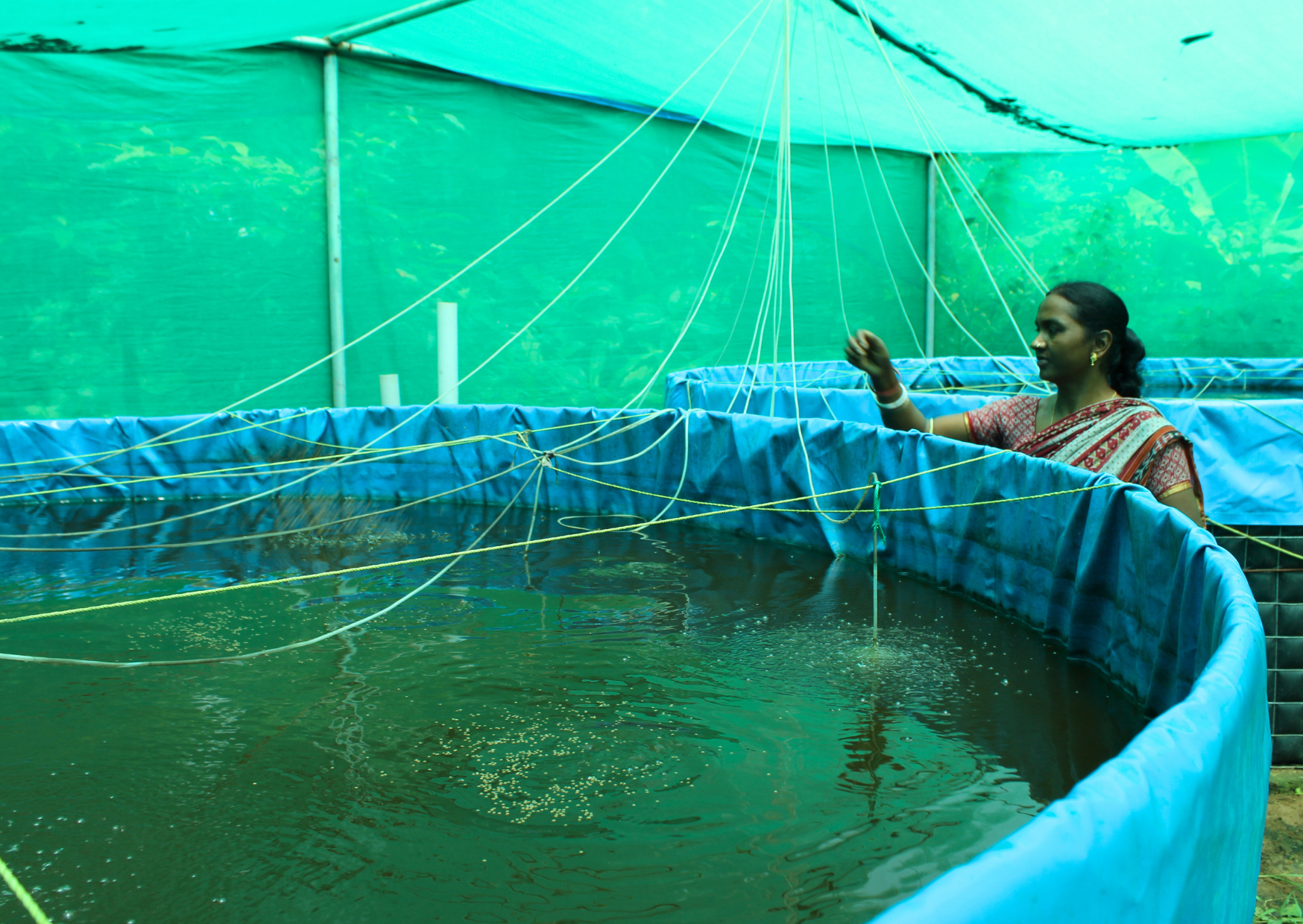
Jaimani Behera now owns a bio-floc fish farm—water, a resource she once carried on her head in pots, is now something she has a say in managing.
Empowering Dreams, Cultivating Prosperity
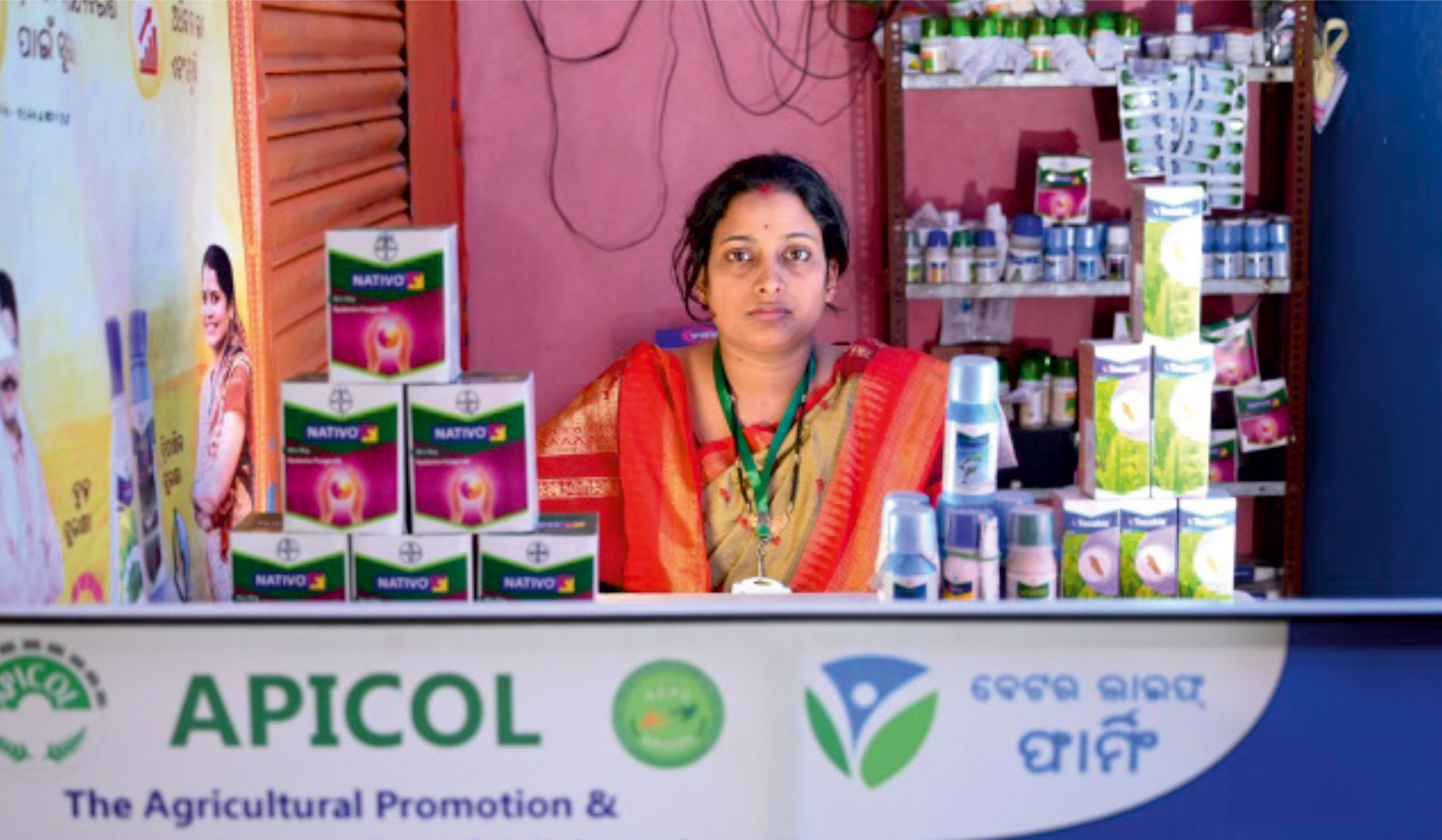
Pankajini Das, a determined entrepreneur from Basudebpur, Bhadrak district, has transformed
agricultural practices in her village.
After completing a 16-days training in agri-input marketing under the AEPS-OIIPCRA scheme,
facilitated by APICOL, she partnered with the Better Life Farming Alliance (BLF) to establish a
one-stop agri-solution center.
This initiative provides services in agri-inputs, mechanization, credit, and market linkages. With
support from the agriculture department, she secured licenses for seed and fertilizer sales,
enabling her to successfully run an agri-input business, benefiting local farmers.
A Blossoming Journey: From Struggles to Success in Pulse Cultivation
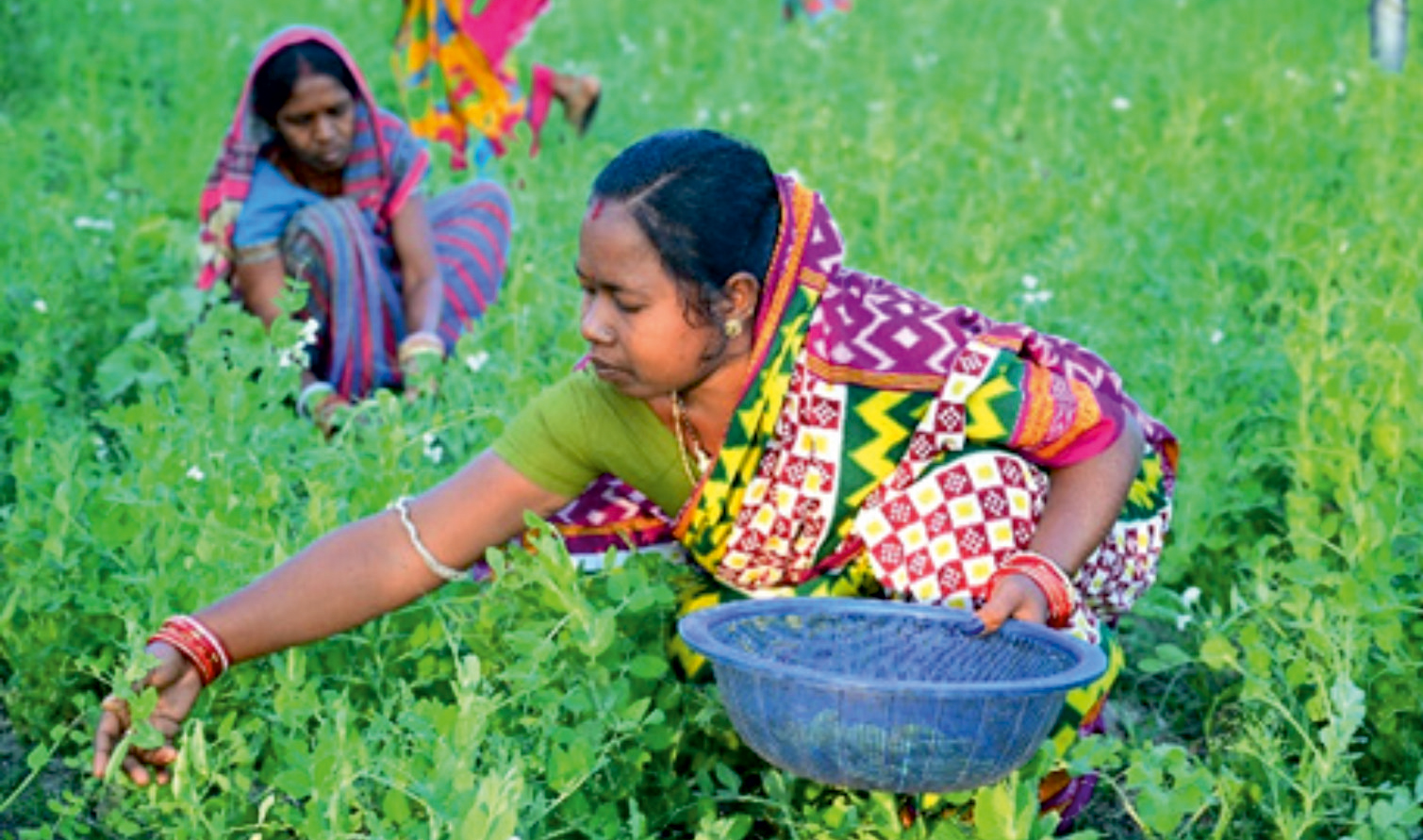
Smt. Kalyani Naik, a progressive farmer from Pandua village, Keonjhar, has transformed her pulse farming journey through the ICARDA-OIIPCRA collaborative project. Once limited to cultivating lentil in 0.2 ha with aaverage yield of 60 kg (296.5 kg/ha) and income of ₹4,200, she was facing challenges like water scarcity and low productivity from traditional broadcasting methods. Her association with MaaArnapurnaProducer Group (PG) and Mahalaxmi SHG connected her to training on improved techniques - seed treatment with Rhizobium culture& PSB, INM, IPM, and market linkage through producer group. “Using a seed drill and adopting better pest and nutrient management made a huge difference,” as she shares.
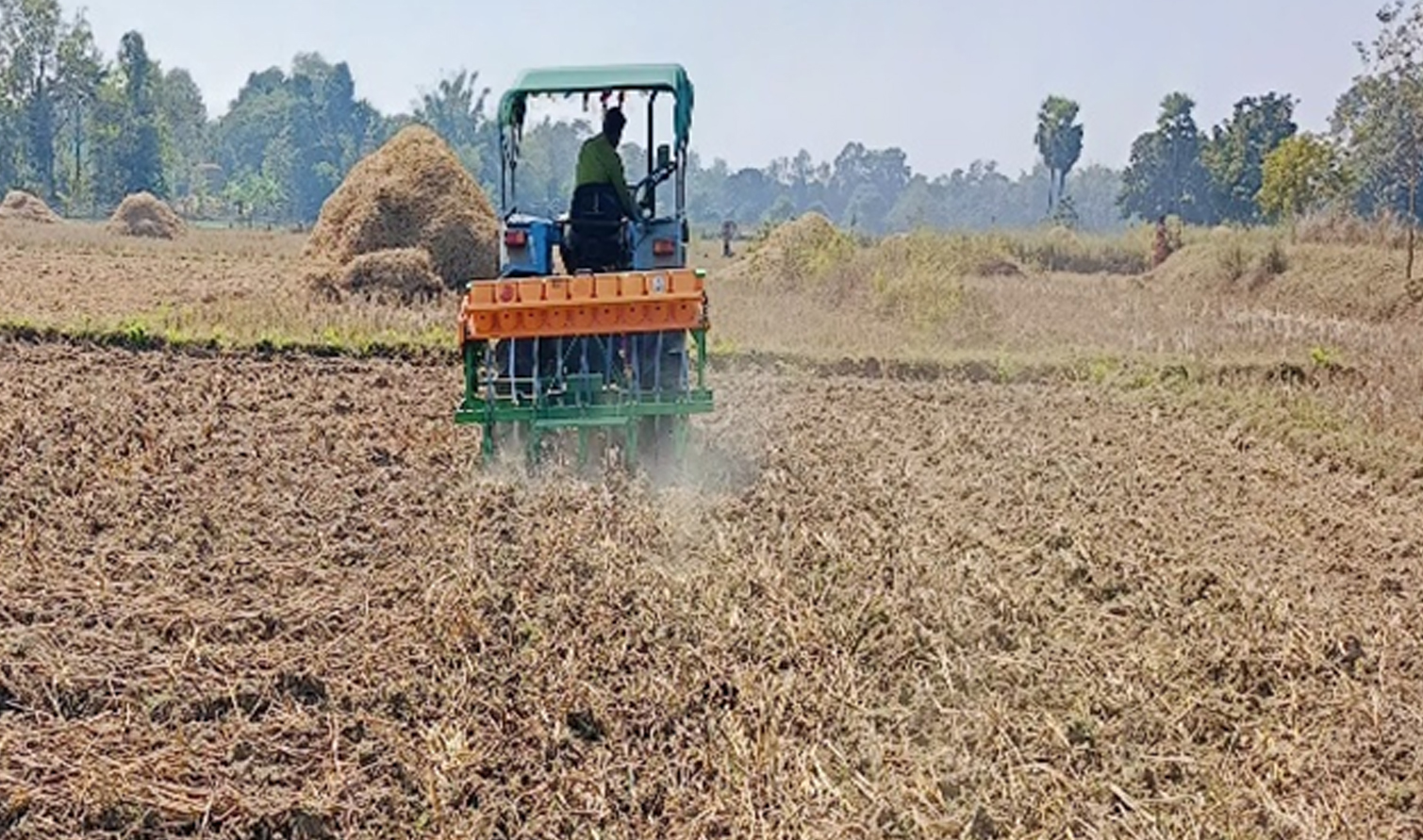
Following the intervention, Kalyani expanded pulse cultivation to 1.2 ha and achieved impressive results. Blackgram yielded 285 kg over 0.40 hectares (712.5 kg/ha).
Lentil, after intervention, had a yield of 90 kg over 0.16 hectares (562.5 kg/ha).
Fieldpea cultivation practised by the farmer with the technical assistance under ICARDA-OIIPCRA project yielded 362 kg over 0.61 hectare (593.5 kg/ha).
She received Rs. 27075 from blackgram, Rs. 6300 from lentil and Rs. 27150 from fieldpea.
In total by cultivation of these pulses, the gross return was Rs. 60525, which boosted her overall earning to lead a better life.
"The financial growth has allowed me to build a new house and provide better education for my children," she proudly states.Her success has also had a ripple effect within her community.
She was also glad that she was able to saveseeds for cultivation purposes for other farmers.
"Five to six farmers have started following my techniques, and I have shared seeds with four to five farmers for cultivation purposes," she mentions.
The project has not only improved her own livelihood but also contributed to the sustainability and prosperity of her community.
"The support from ICARDA and the PG has been invaluable. I am very thankful to the project staff for their assistance.
This project has ignited a self-interest in farming, and I am excited about the future," she concludes with optimism.
Empowering Smallholders Through women FPC-led Business Development for Paddy Value Chain

Women farmers are empowered through Women Farmer Producer
Companies (W-FPCs) to enhance agricultural productivity, ensure
sustainable livelihoods, and promoting gender equality.
Under the ClimatePRO W-FPCs like Losingha Women Farmer Producer
Company Limited (LWFSPCL), Balangir and Bhuvikash Krish E Farmer
Producer Company Limited (BVKFPCL), Ganjam have been handheld
to effectively manage seed production, processing, marketing by
providing input supply, improving access to quality seeds. This has
facilitated in better crop performance with better economic returns.
MIPwise Farmerwise Crop Specific Plan
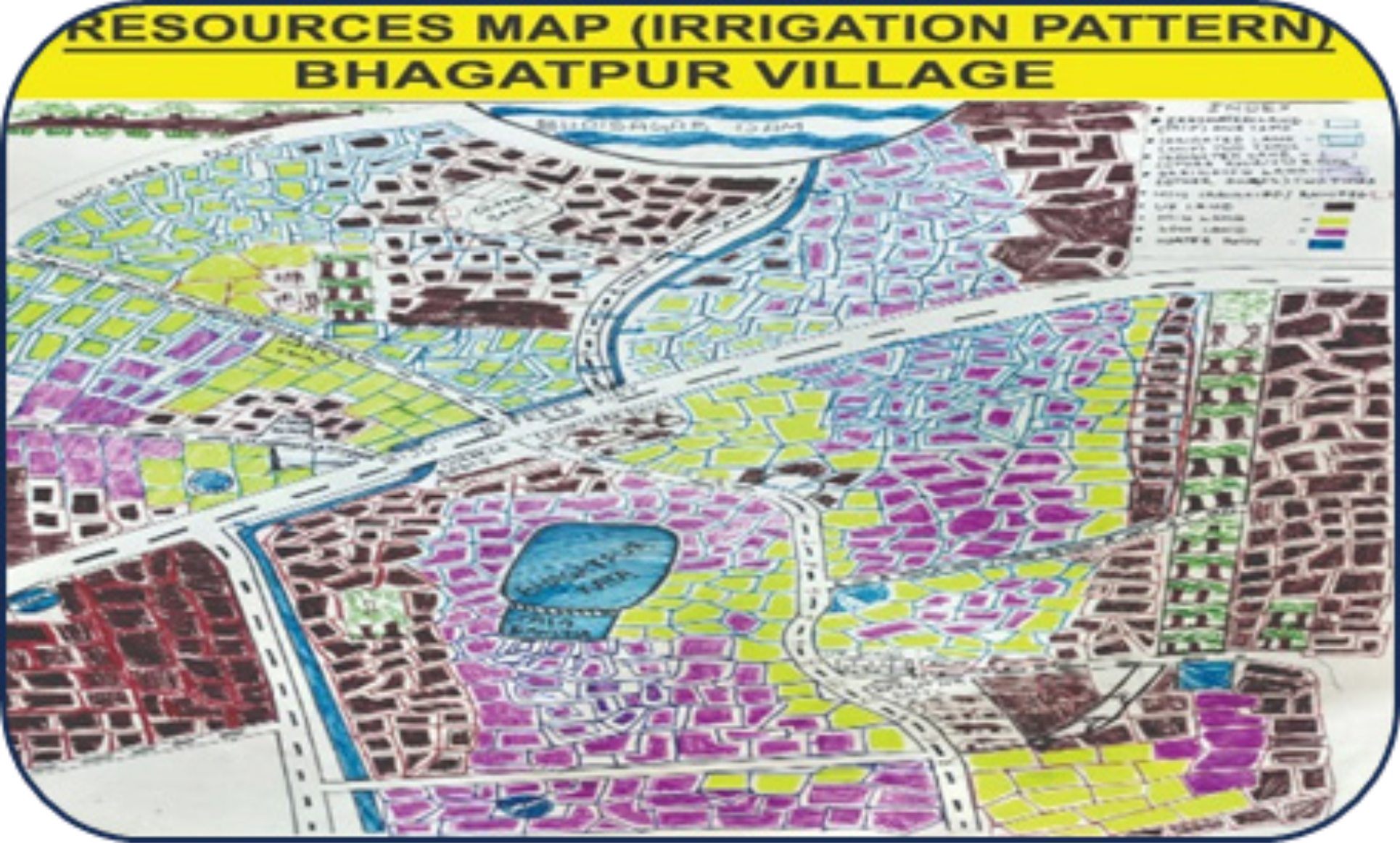
The Pani Panchayat members are involved in the development of Producer Group wise
farmer and site-specific crop plan in tank commands.
This planning has supported effective utilisation of the available resources like water in
MIPs, land availability, agriculture inputs and other facilities in a village.
Overall demand of the farmers to ensure supply of inputs for a particular season
has been assesed. It has facilitated farmers to estimate the volume of produces in a
particular tank and forge a better market connection.
Azolla (bio-fertilizer): Enriches Soil Fertility
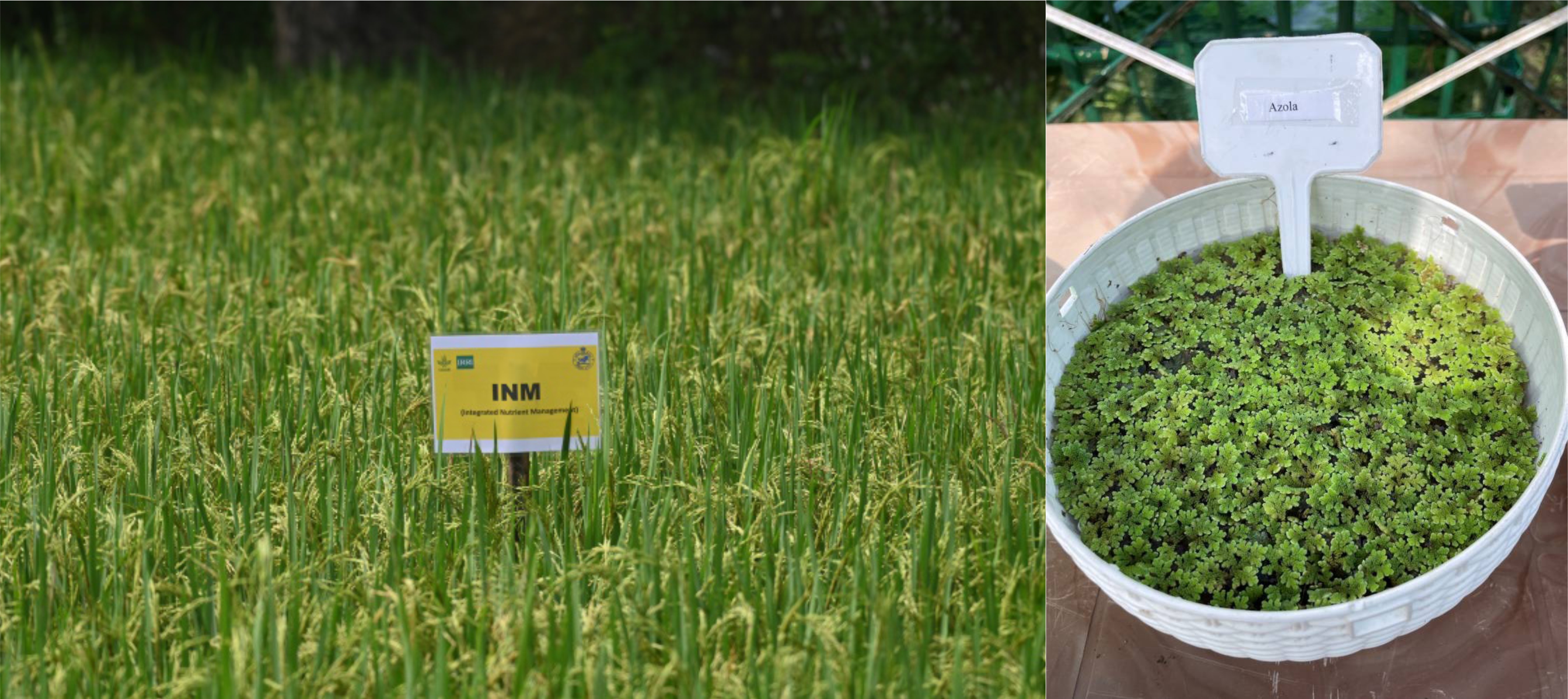
Rice farming is facing challenges from over-reliance on chemical fertilizers,
leading to unbalanced nutrient management and soil health
deterioration. To address this issue, OIIPCRA IRRI are promoting Integrated
Nutrient Management (INM) as a sustainable solution in ricebased
ecosystems.
As part of the INM approach, nutrient optimization trials have been done across
50 locations in Mayurbhanj, Ganjam, and Bolangir
districts. To ensure access to organic nutrient sources, eight bio-input
production centers, including azolla production units, have been set
up, managed by women entrepreneurs and Farmer Producer Company (FPC) members.
Azolla, a nitrogen-fixing aquatic fern, is used as a
bio-fertilizer to enrich soil fertility and reduce dependency on chemical
fertilizers.
Certified Pulses Seed Production by farmer Producer Groups (PGs)
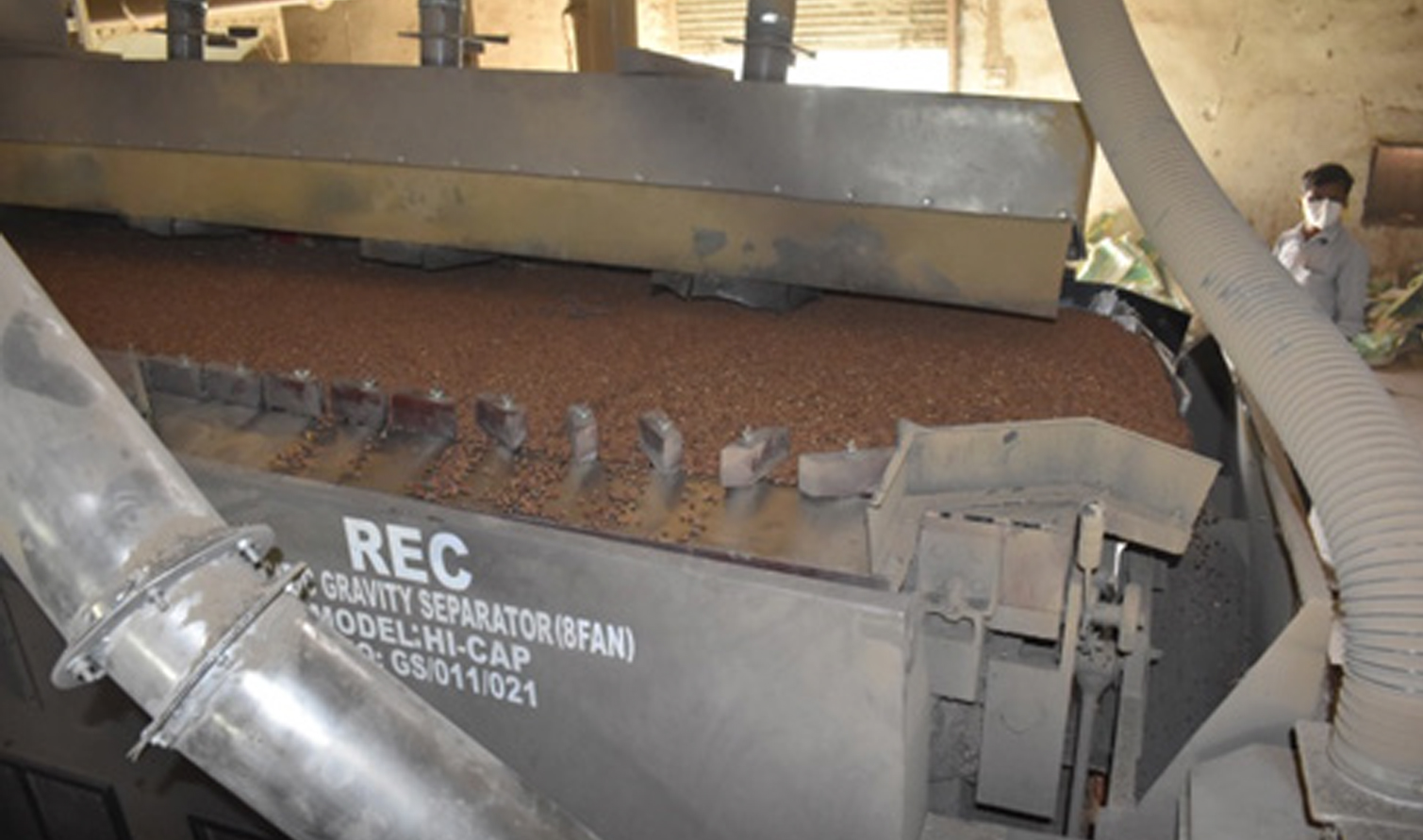
The Producer Groups (PGs) in tank command villages, supported by OIIPCRA-ICARDA, have successfully engaged small and marginal farmers in producing certified pulse seeds. They receive breeder and foundation seeds along with technical guidance. The State Certification Agency (OSSOPCA) certifies the seeds, which are then procured by OSSC Ltd for use in government schemes. This community model shows promise for replication in other districts to meet seed demand and improve the seed replacement rate in the state.
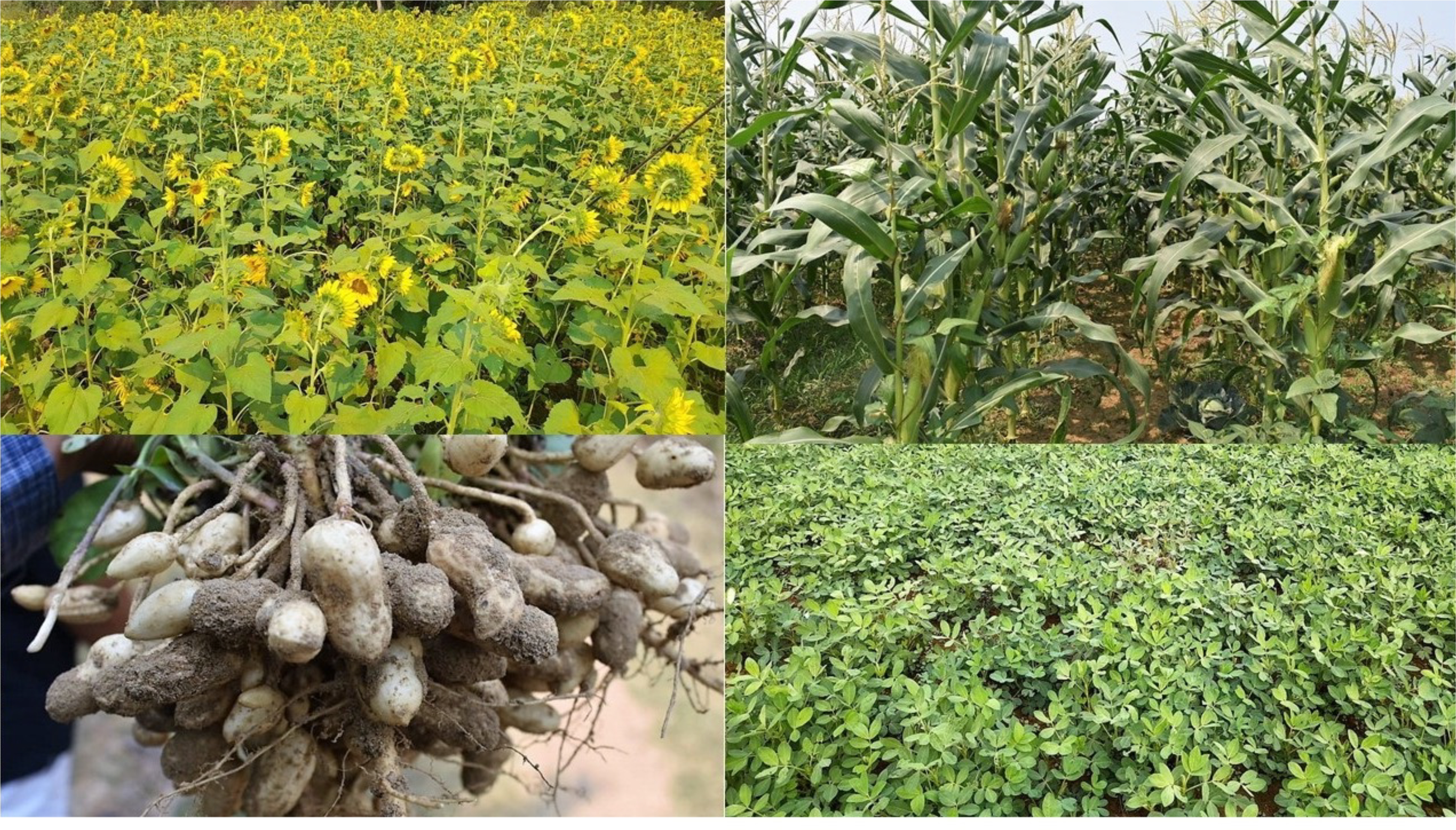
IRRI team apprised the officials about the various crops being demonstrated in the different MIPs of Ganjam, especially sunflower, groundnut and sweet corn. Women farmer cooperators in the blocks of Buguda and Belaguntha who witnessed these crops for the first time in the rice fallows are keen on learning the techniques to establish and nurture the crop for better yields and income in the years to come.
Women Empowerment and Crop Diversity
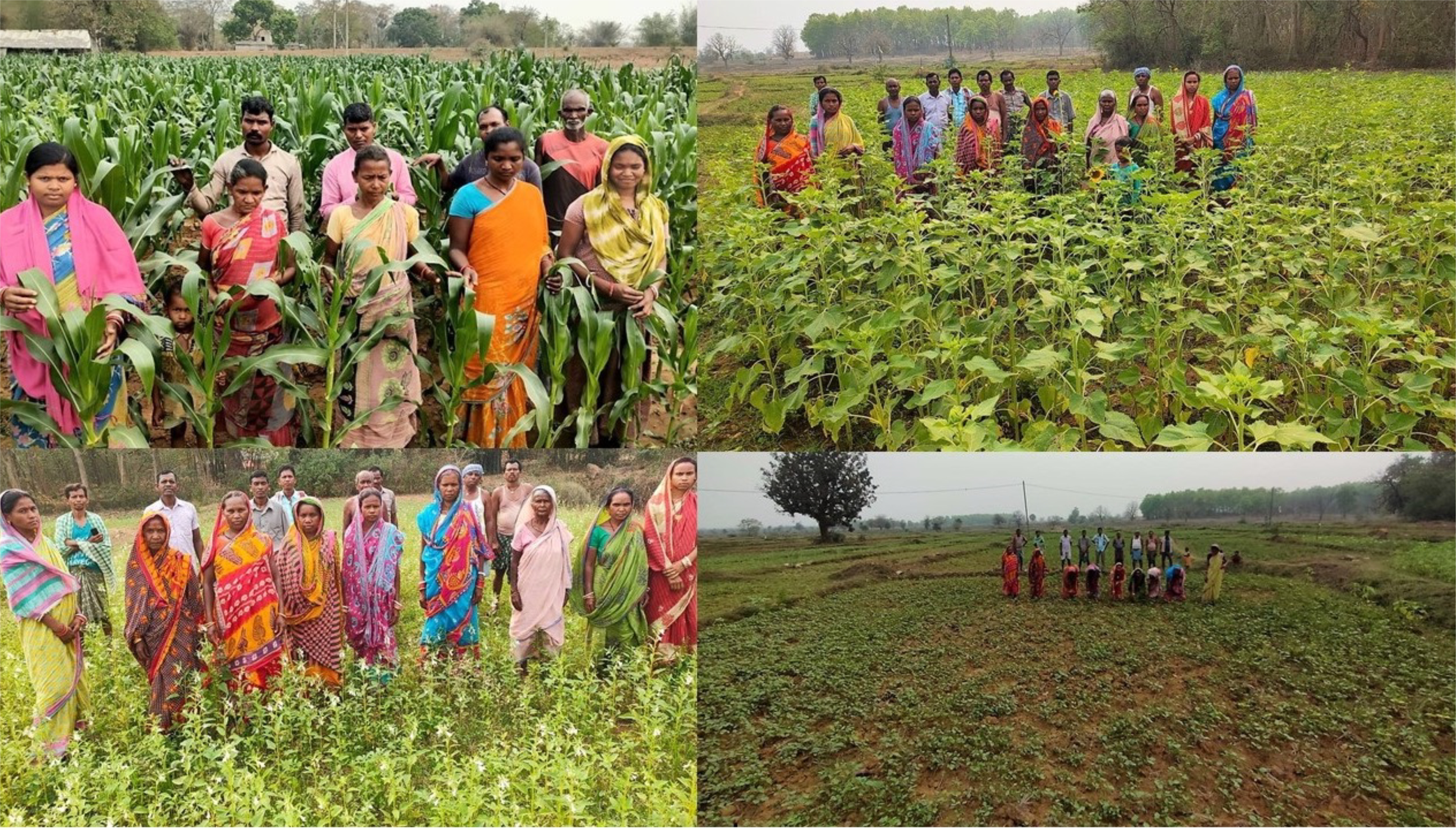
Various crops are being demonstrated in rice fallows especially sunflower, groundnut and sweet corn by the women farmers of Pani Panchayat from Ganjam have enhanced resilience to climate change and market variability. Demonstrations like these are crucial in promoting sustainable agriculture practices and providing farmers with valuable insights into alternative crop options.
Achieving 200% Cropping Intensity
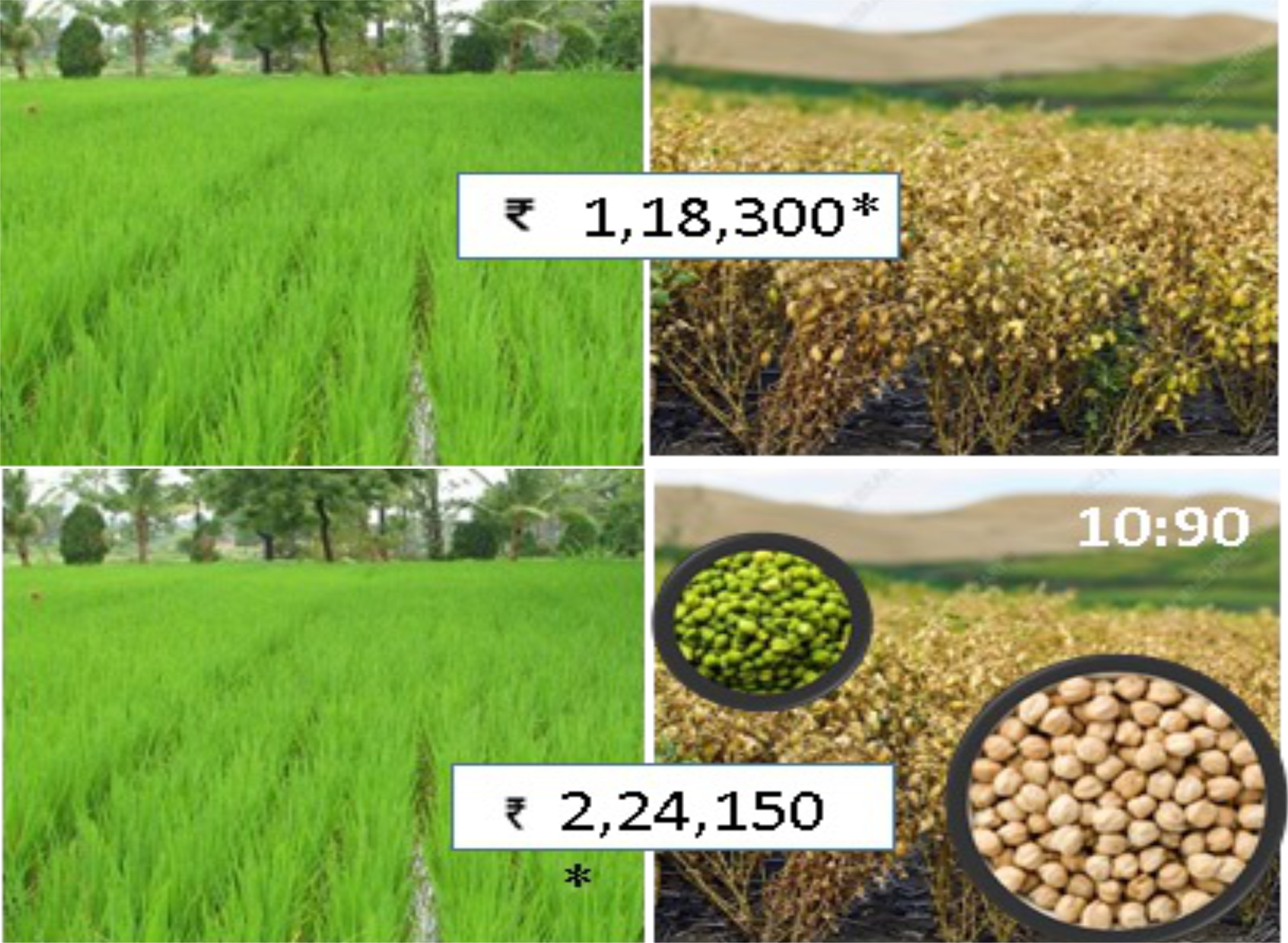
Bringing the economic and nutritional benefits of green pod chickpea among the Pani Panchayats for enhancing their livelihood and resilience in Rayagada and Mayurbhanj districts. Higher quality 'chana' command a greater demand in the market and incentive farmers to increase cultivation.
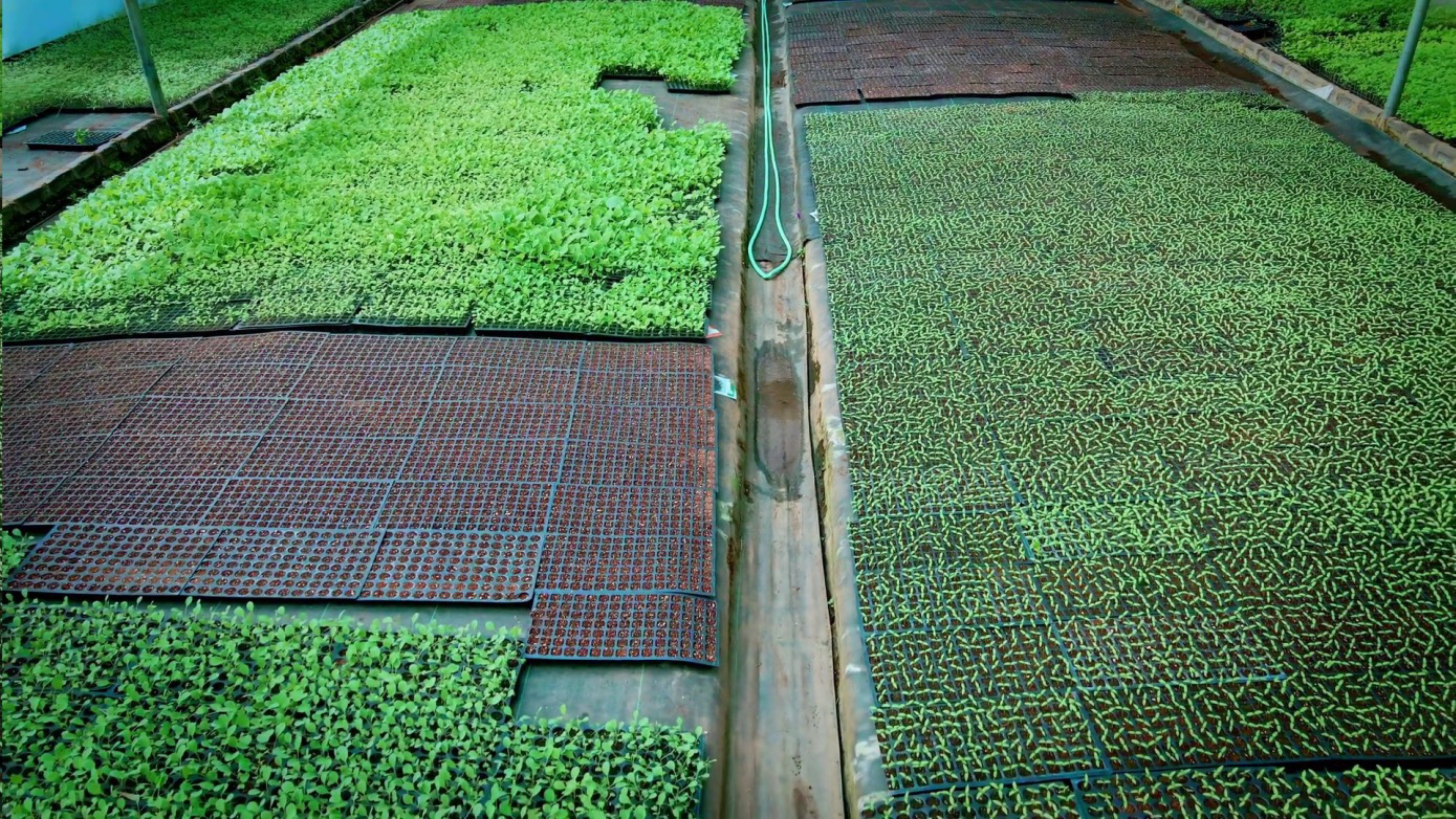
Vertical farming under controlled atmospheric conditions minimise the occurrence of pest infections with reduced use of water, chemicals and pesticide
Pack-house
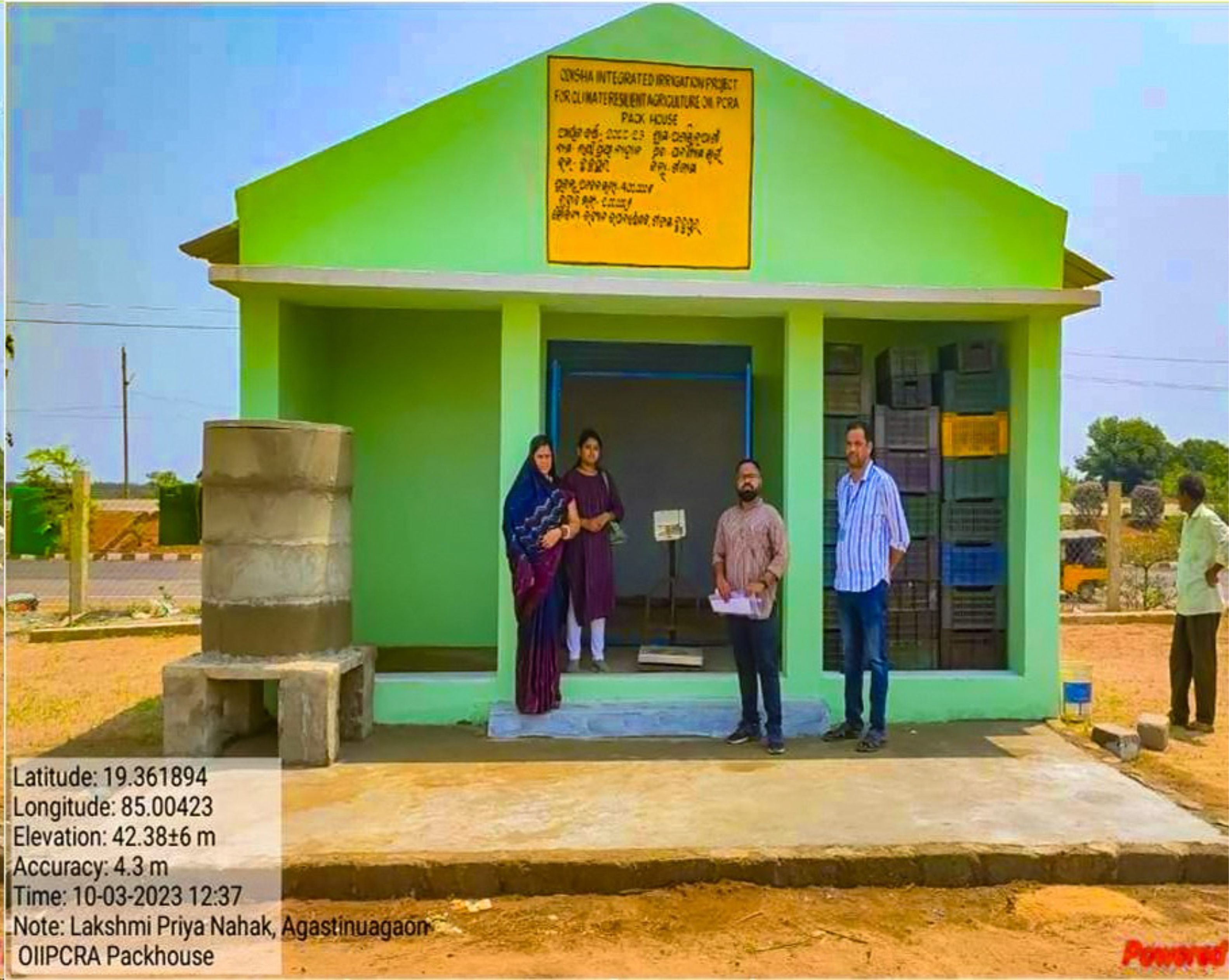
Pack-houses, having specialized physical structures where harvested produce is consolidated, treated and prepared, have been built for storage before transport and distribution of farm produce to markets. It is a platform for farm business which maximizes economy of scale, improves market access, and facilitates technical and agri-business development interventions.
Controlled Irrigation Uniformity and Parity
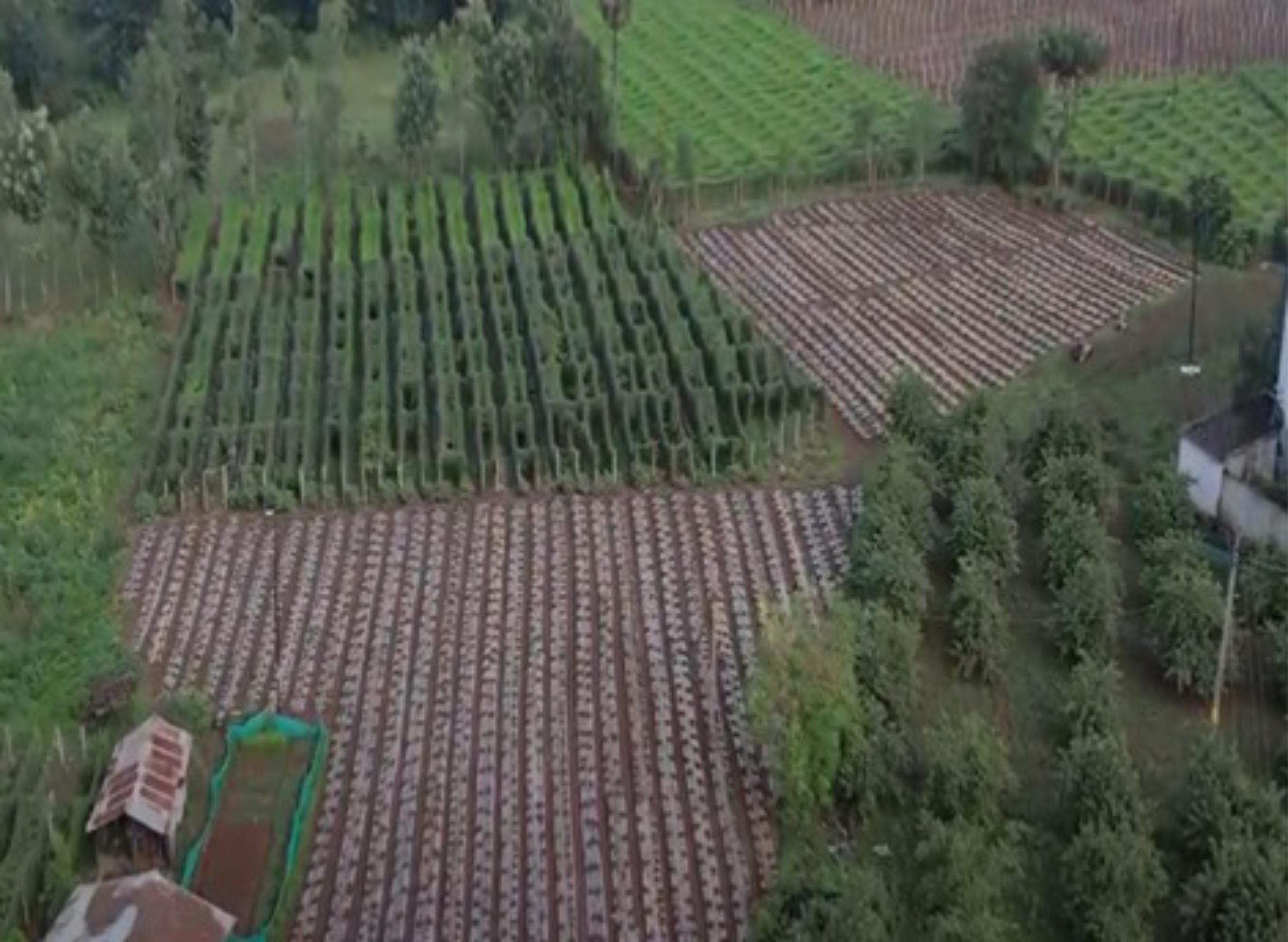
Mahurikalua Pani Panchayat consists of 192 members
in the General Body and 10 members in it's Executive
Committee. 47 women members find place in the General
Body and 3 in it's Executive Committee symbolizing
inclusion and equity. Most importantly more than 90%
farmers of this belong to tribal community.
The Pani Panchayat has a designated ayacut area of 103
Ha. An additional 30.21 Ha has been covered by micro
irrigation. It is also levying an affordable water rate
with the consent of its members. A Standard Operating
Procedure for canal maintenance and repair of structures
has been shared also covering maintenance of canal
distribution system and building of their capacity. 85%
of irrigation efficiency; 100% ayacut area is cultivated
during Kharif and 25 Ha during Rabi. Short duration crop
varieties promoted during Kharif to pave way for pulses
and oilseeds by leveraging residual moisture.
Demonstration of Direct Seeded Rice (DSR) in Ranajahli Village, Ganjam
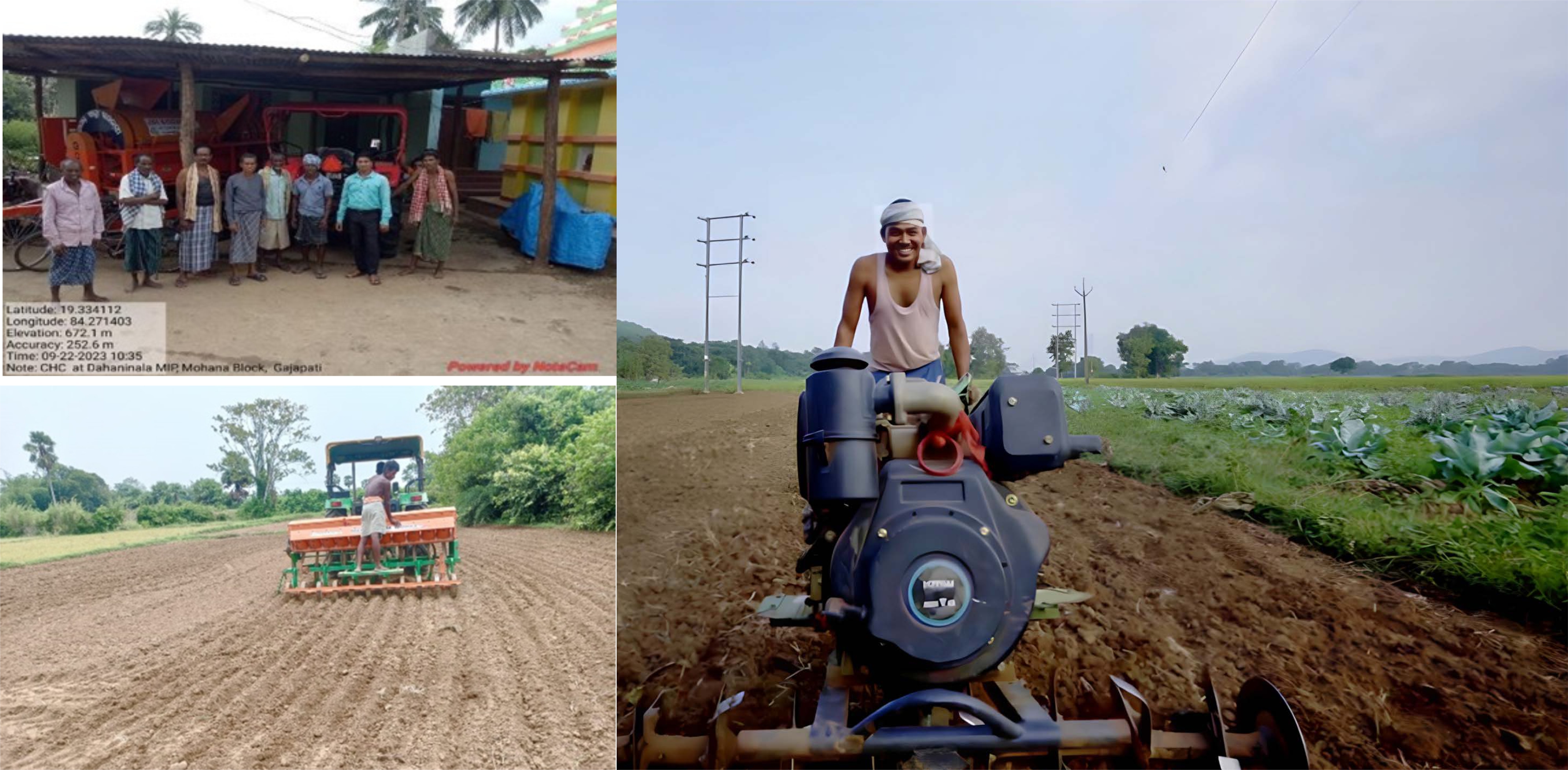
Farmers from the Dahaninala Pani Panchayat are extremely happy receiving agricultural implement at the CHC. Some of the implements received are DSR, thresher, rotavator, hand winding machine, power tiller. This enables to take up farm operation on time.
Smart Village
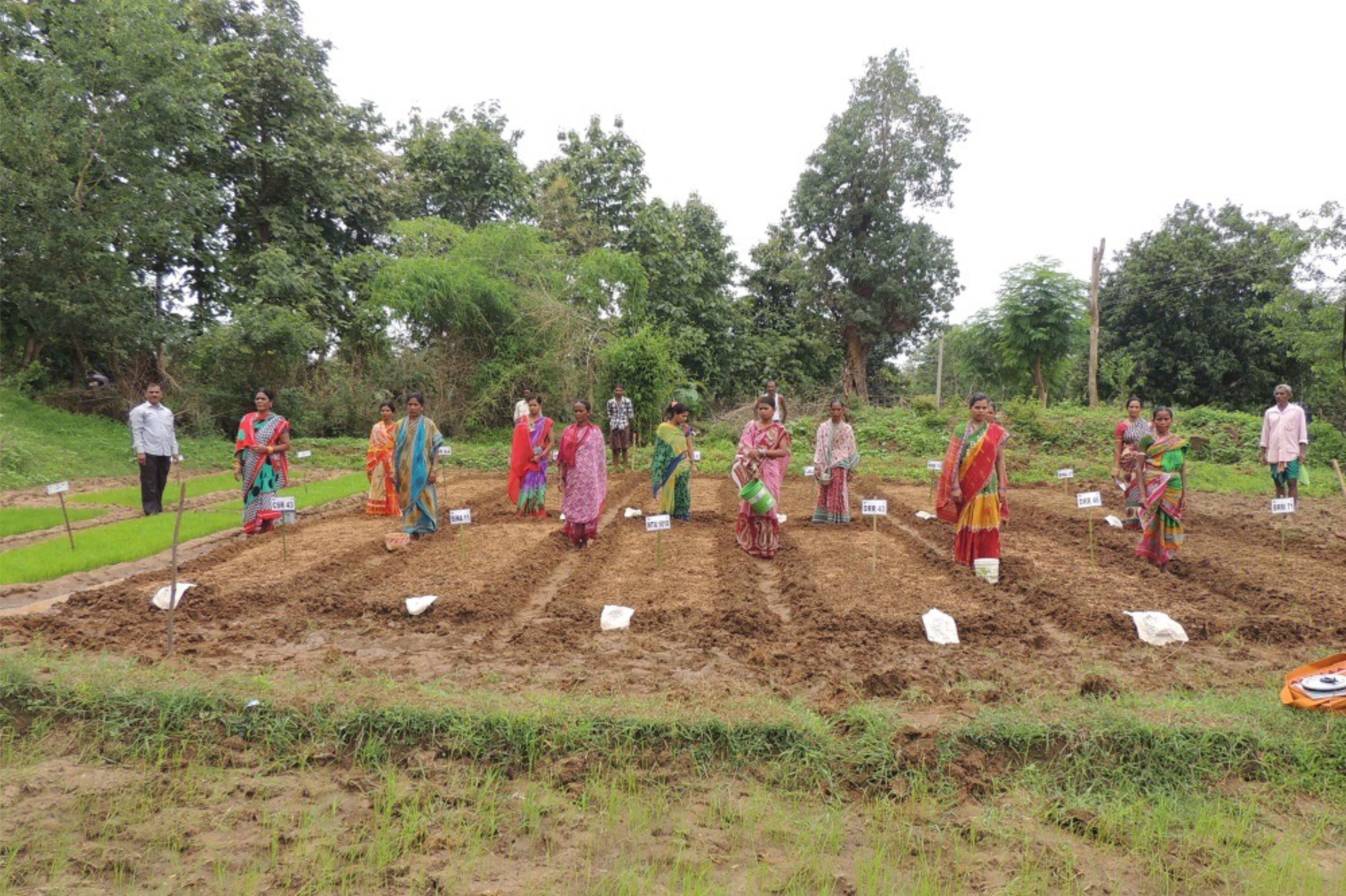
Crop intensification/diversification with suitable sequence crops after rice harvest at Balangir, Mayurbhanj and Ganjam
Pani Panchayats have been involved in several activities to address
short duration, sustainable, and resource-efficient water projects in the
landscape. One key focus has been on implementing Short Term Resource
Variability (STRV) measures to manage water resources effectively. These
measures include rainwater harvesting, construction of check dams and
ponds, and groundwater recharge techniques. Pani Panchayats have also
been actively promoting the cultivation of crop varieties that are suitable
for the local climate and require less water. Through these initiatives,
they have ensured the long-term availability of water resources while
supporting agricultural practices in the region.
IRRI organized two client-based rice varietal cafeterias with the Women
Self-Help Group(WSHG) Maa Thakurani and the Reliance Foundation.
The members cultivated 16 stress-tolerant rice varieties along with
local varieties using similar management practices.
OIIPCRA-NRRI: Empowering Farmers for Eco-Friendly Pest Management

Farmers received hands-on training in rice pest and disease management, focusing on identifying damage symptoms and using eco-friendly solutions like bio-control agents and bio-pesticides.
They learned to produce and deploy natural insect enemies, monitor pests using light and pheromone traps, and select suitable nozzles for effective spraying. The ICT-based rice Xpert app was introduced to aid pest and disease identification.
Instate Exposure-cum- Training for farmers to ICAR-NRRI
Farmers appreciated the innovative technologies and shared their positive experiences from the project sites.










